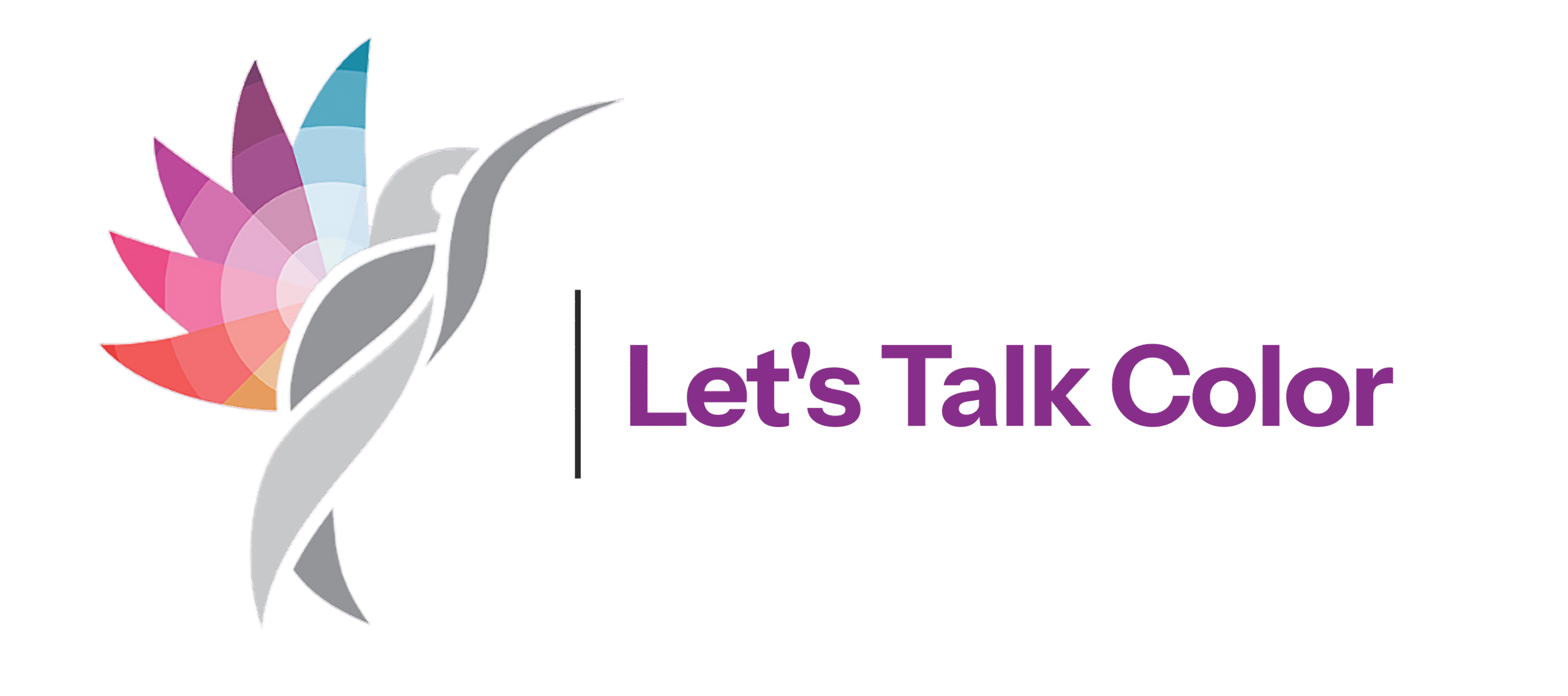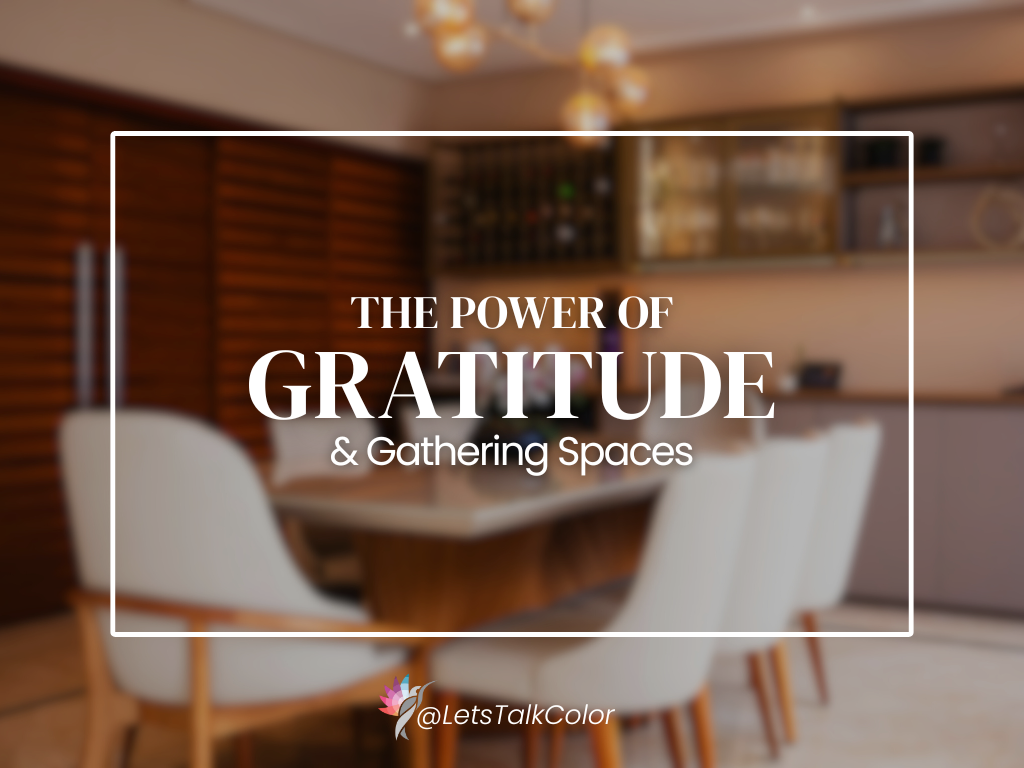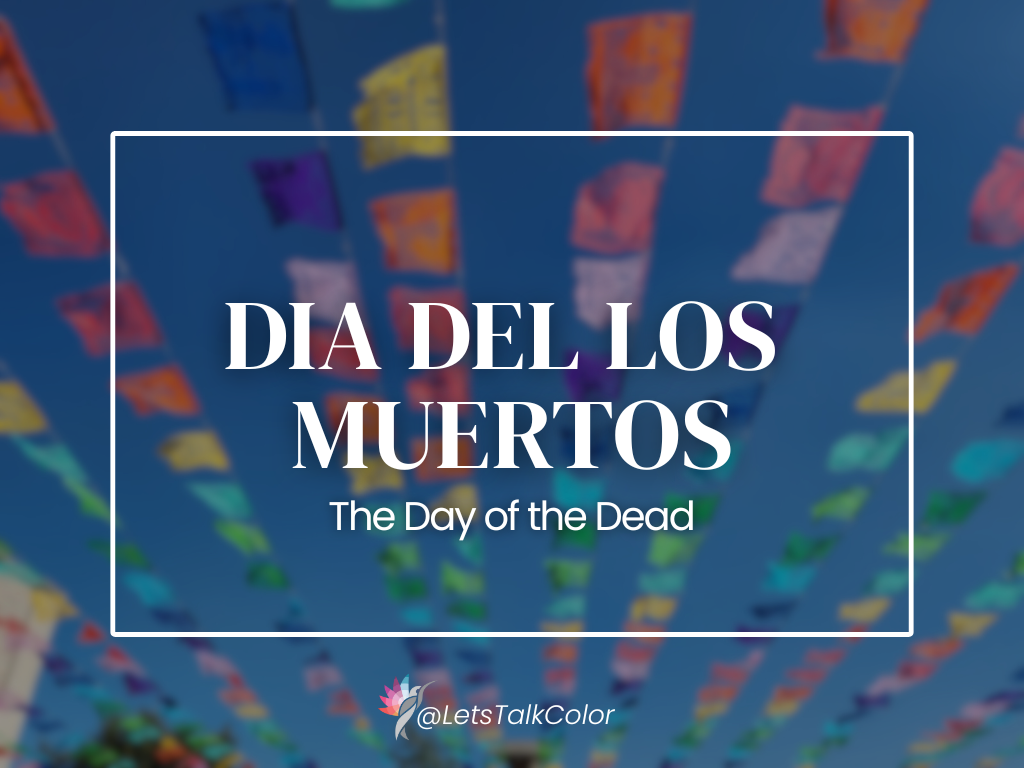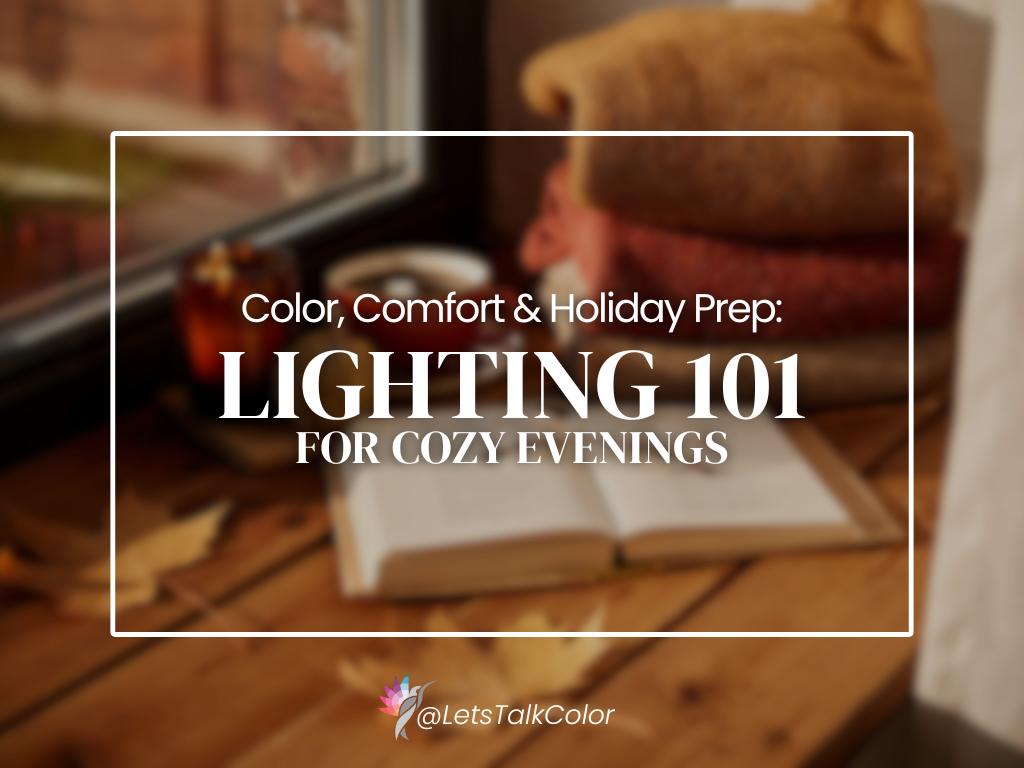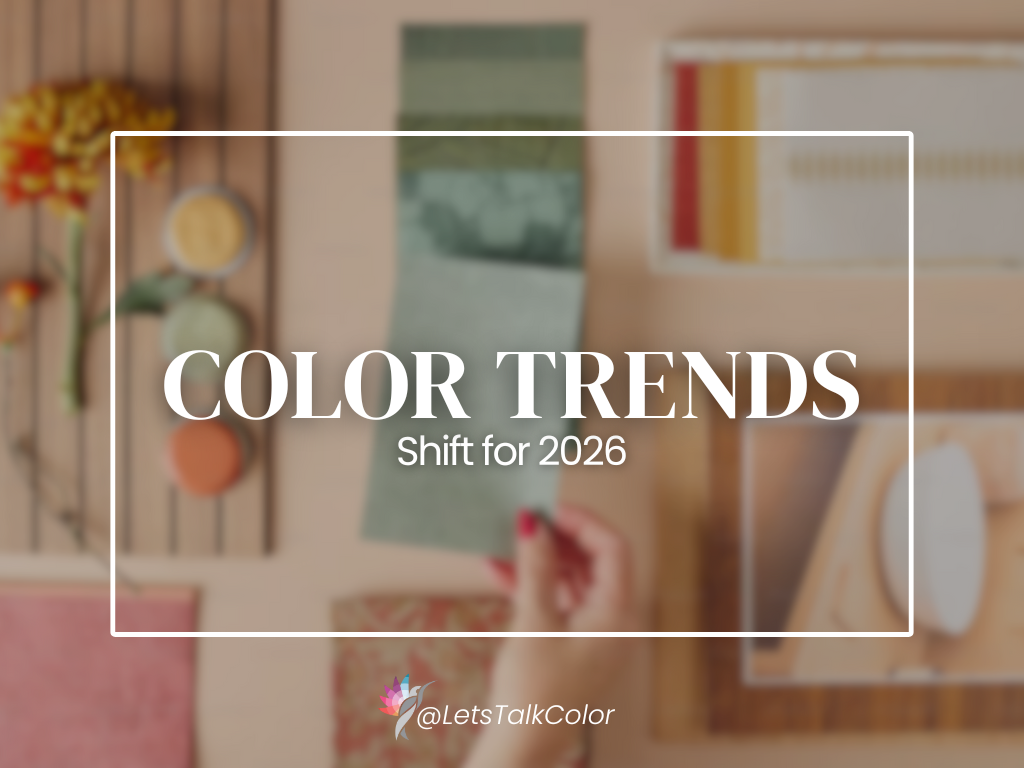Most of us don’t consciously think about the psychological power of color. Yet, color influences our decisions every single day — from the shirt we grab in the morning to the product we pull off the shelf at the store. Businesses know this, and they carefully use color to not only attract attention but also to guide our emotions and choices.
Color and Emotional Triggers
Research shows that color isn’t just visual — it’s physiological. Certain hues can raise our blood pressure, quicken our heartbeat, or calm us down. For example:
- Red: Stimulates energy, excitement, and even appetite. It’s no surprise that it dominates fast-food branding and casino neon lights.
- Blue: Promotes calmness, trust, and focus. Offices painted in cool blues are often perceived as “colder,” even if the thermostat hasn’t moved.
- Green: Associated with balance and renewal, making it a favorite for wellness brands.
- Yellow & Orange: Capture attention, radiate warmth, and encourage optimism—but too much can create anxiety.
This psychological response is sometimes referred to as CHROMODYNAMICS – The way colors act on both body and mind. In other words, color doesn’t just decorate a space or product — it directs how we feel about it.
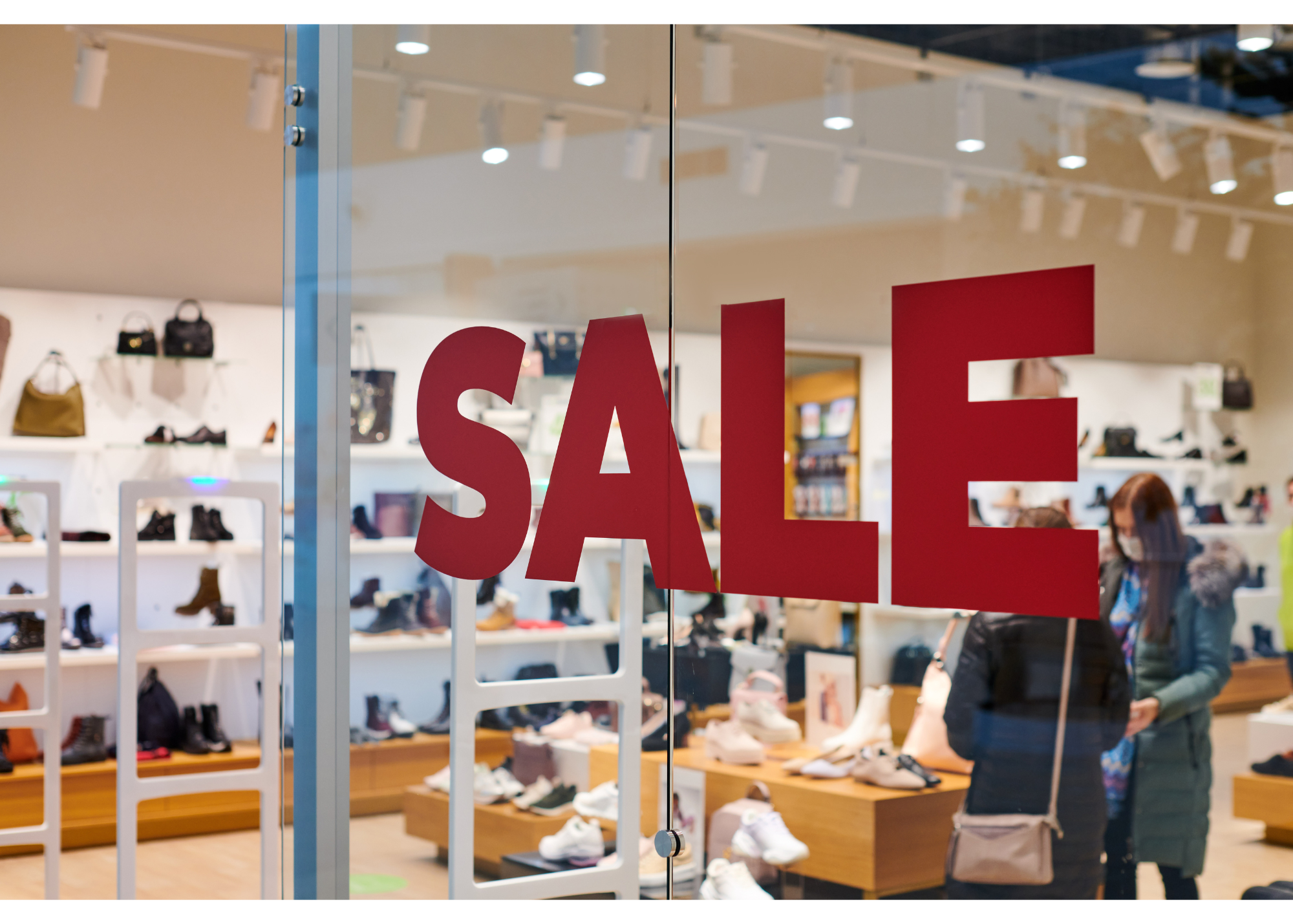
How Businesses Use Color
Marketers and designers know that the right color can tip the scale from browsing to buying. Here’s how color shows up in consumerism:
- Retail environments: Bright, bold colors in clearance signs signal urgency. Soft lighting and muted palettes in luxury stores slow shoppers down, encouraging longer browsing and bigger purchases.
- Branding: Coca-Cola’s iconic red creates excitement and energy, while Facebook’s blue signals dependability. These aren’t accidents — they’re deliberate psychological choices.
- Product design: Think of tech gadgets in sleek blacks and silvers (sophistication), or children’s toys in saturated primaries (playful and stimulating).
Even packaging is a silent salesperson. Studies show that consumers often make snap judgments about a product within seconds, heavily influenced by its color.
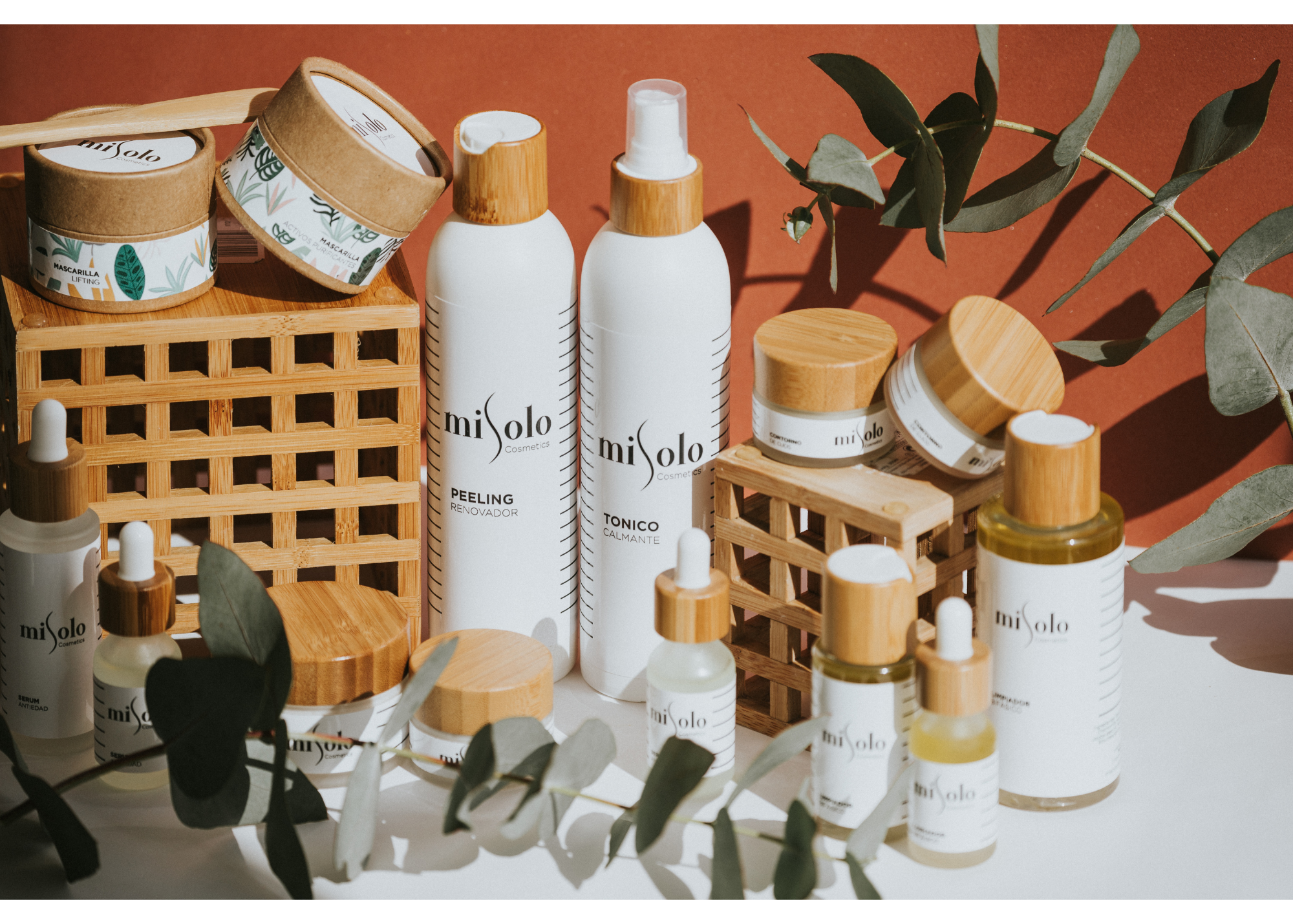
Age, Culture, and Context
Color isn’t a one-size-fits-all tool. Our preferences evolve with age, education, and cultural background.
- Children gravitate toward primary and bright colors — think Lego blocks.
- Teens tend to prefer bold, even rebellious shades like fluorescent hues or black.
- Adults often lean toward softer, more refined palettes.
Culture also shapes meaning. In Western culture, white suggests purity; in parts of Asia, it represents mourning. A successful brand or design respects these nuances.
The Illusion of Color
Here’s where things get fascinating: color doesn’t exist in isolation. Its effect depends heavily on what’s around it. Imagine choosing a neutral gray sofa: it might look perfectly balanced in the showroom, but once it’s in your living room beside warm wood floors, it suddenly appears beige. Or think about white paint: the same “bright white” swatch can look crisp and clean in a sunlit space but take on a dull, almost gray cast in a dim hallway. Identical colors can appear different when placed against contrasting backgrounds or under different lighting. This is why choosing paint colors, fabrics, or finishes can feel so frustrating — our eyes and brains are constantly being “fooled” by context.
Everyday Consumer Choices
Color influences more than just shopping. It’s part of nearly every decision we make:
- Fashion: Each morning, we instinctively choose colors that reflect our mood or intention for the day.
- Home Design: Kitchens in warm tones feel cozy and lively, while bedrooms painted in cool hues feel restful.
- Media & Entertainment: Films, advertisements, and even social media feeds rely on color palettes to create mood and shape perception.
In short, color is a powerful language. It persuades, it comforts, it excites, and it sells.
Final Thoughts
Consumerism thrives on psychology, and color is one of its sharpest tools. While businesses use it to capture our attention and wallets, we can also use this knowledge to our advantage. By becoming more aware of how color affects us, we can make more intentional choices — whether it’s buying a product, designing our home, or presenting ourselves in daily life.
Color isn’t just decoration. It’s communication. And once you start noticing how it shapes your world, you’ll never see it the same way again.
